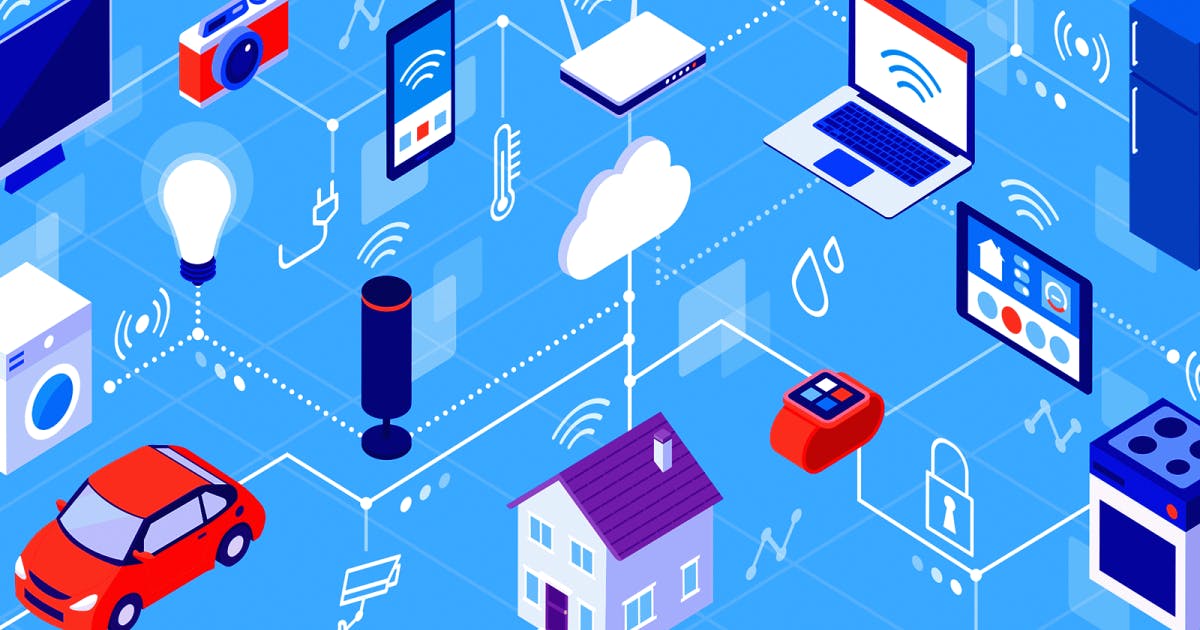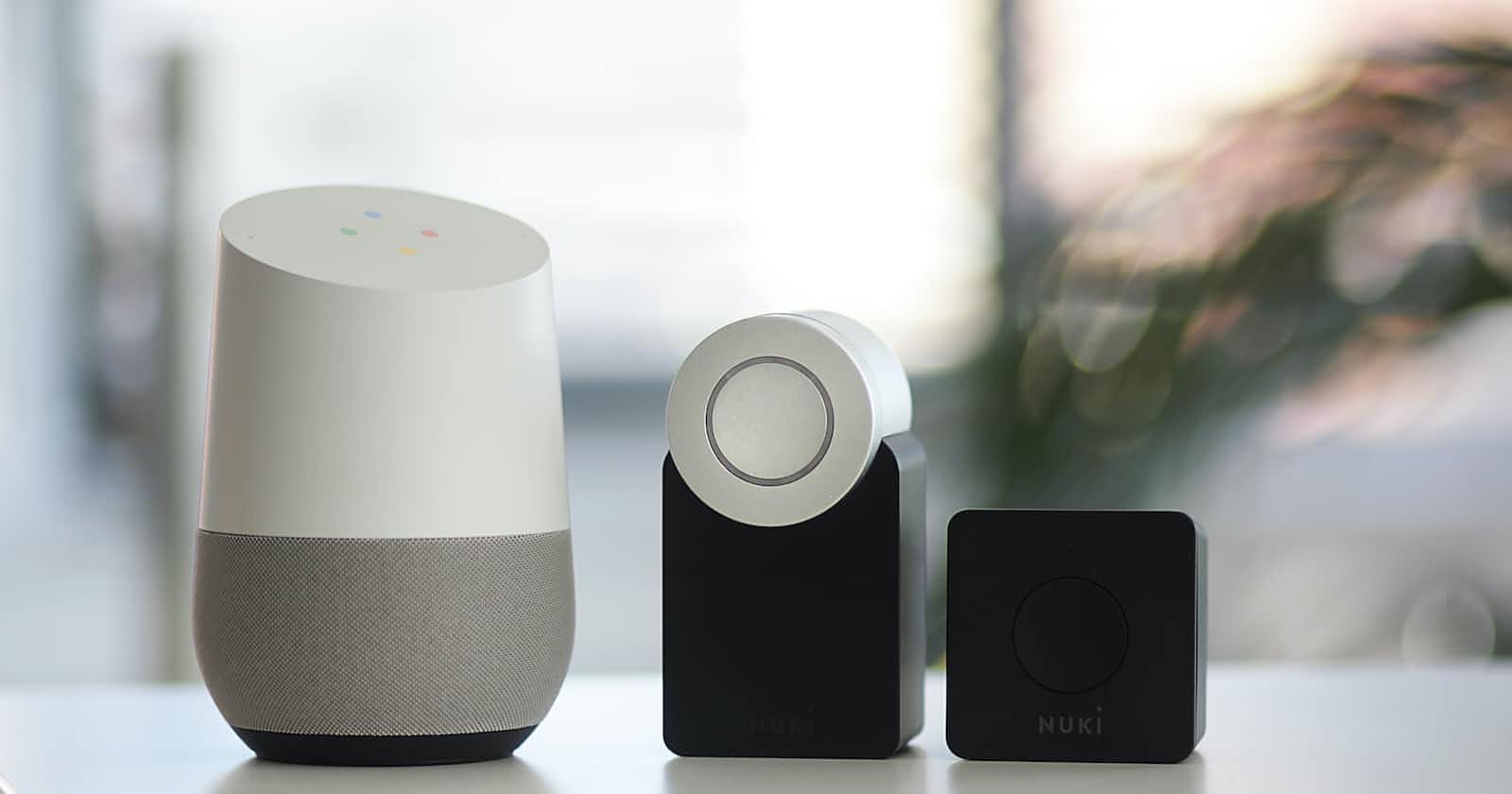The world has changed rapidly over the past few decades, and how we secure our homes has changed. Gone are the days of simply locking our doors and windows and hoping for the best. Today, we have access to a wide range of sophisticated home security systems that utilize the latest technology to provide us with added peace of mind. Internet of Things (IoT) plays a key role in enabling these systems.
IoT refers to the interconnection of physical objects —“things”— embedded with sensors, software, and other technologies to connect and exchange data with other devices and systems.

How IoT has impacted home security
The integration of IoT technology in home systems has drastically shifted how the systems work at home. Some of the ways IoT has impacted home security include:
Remote Monitoring and Control: IoT-enabled security systems allow homeowners to monitor and control their security systems remotely through a mobile app or web portal. This means they can keep an eye on their homes and receive notifications about any suspicious activity, even when they are away.
Increased Interconnectivity: With IoT, various security devices such as cameras, door locks, and alarms can be connected and work together to provide a more comprehensive security solution. This interconnectivity helps to provide a more robust security system that can respond to potential threats in a more coordinated manner.
Improved Accuracy and Detection: IoT-enabled security systems use advanced sensors and algorithms to accurately detect potential threats, reducing the likelihood of false alarms. For example, smart cameras can use object recognition technology to distinguish between people and pets and only trigger an alarm when necessary.
Smart Home Integration: IoT-enabled security systems can integrate with other smart home devices such as lighting and thermostats, creating a seamless and connected home experience. This allows homeowners to control their entire home from a single app and respond to any potential security threats quickly and efficiently.
Increased Flexibility: IoT-enabled security systems offer greater flexibility and customization options, allowing homeowners to set up custom rules and triggers to automate their security systems. For example, homeowners can set up a rule that disables the alarm when a trusted device enters the home.
IoT has transformed home security systems by providing homeowners with more sophisticated, convenient, and secure ways to protect their homes. However, some people raise the question of whether these systems bring in another line of insecurity concerning cyber threat vulnerability to homeowners.

IoT-enabled home security systems, like any other connected devices, are vulnerable to cyber threats such as hacking and malware attacks. However, manufacturers and security experts are working to improve the security of these systems to protect against potential cyber-attacks.
That being said, no system is completely foolproof and there are always potential risks involved with connecting devices to the internet. Homeowners need to take steps to secure their IoT-enabled home security systems, such as:
Using strong and unique passwords: Using strong and unique passwords for all devices and accounts can help prevent unauthorized access.
Keeping software up-to-date: Regularly updating software and firmware can help address security vulnerabilities and protect against potential threats.
Using secure networks: Using secure networks, such as those with WPA2 encryption, can help protect against hacking and unauthorized access.
Monitoring activity: Regularly monitoring activity logs and notifications can help detect any suspicious activity and respond quickly.
Choosing reputable manufacturers: Choosing IoT-enabled home security systems from reputable manufacturers that prioritize security can help reduce the risk of potential cyber-attacks.
It is also important to be aware of common cyber threats, such as phishing scams, and to exercise caution when receiving emails or messages from unknown sources.
By following these best practices, homeowners can help reduce the risk of cyber attacks on their IoT home security systems and ensure that their security systems remain secure and effective.


